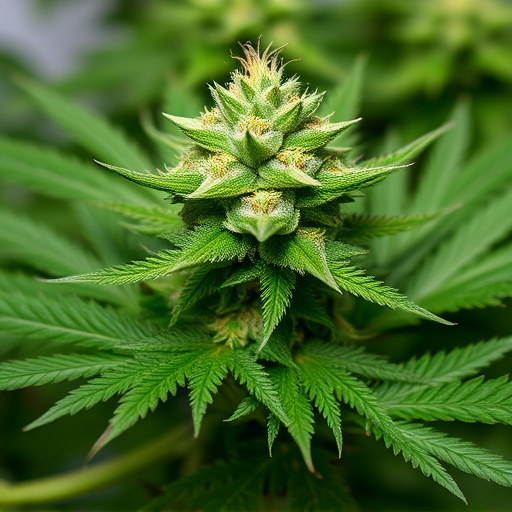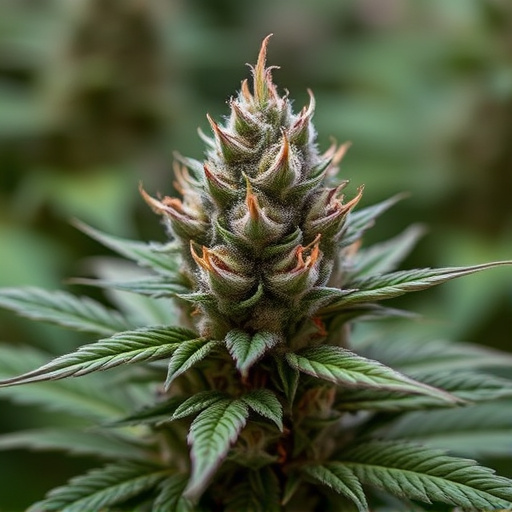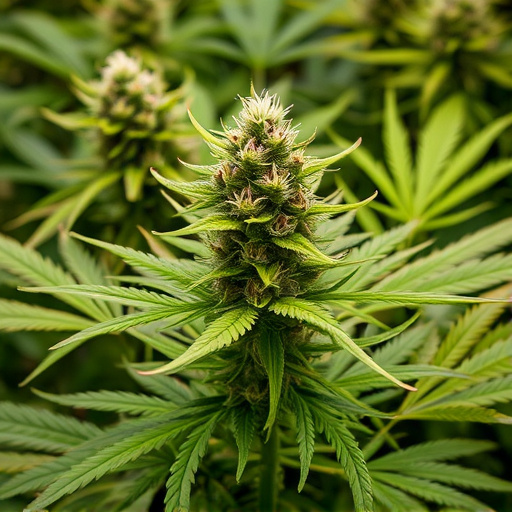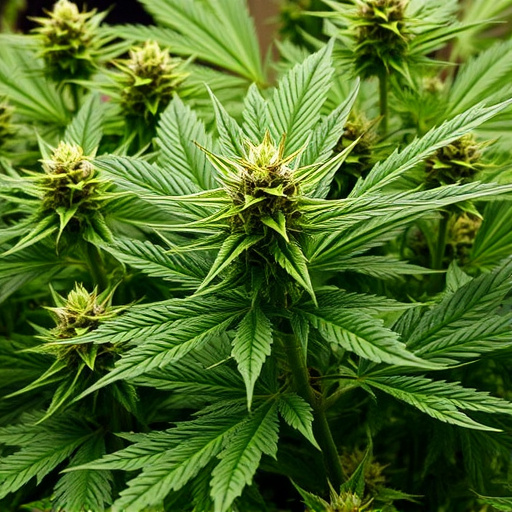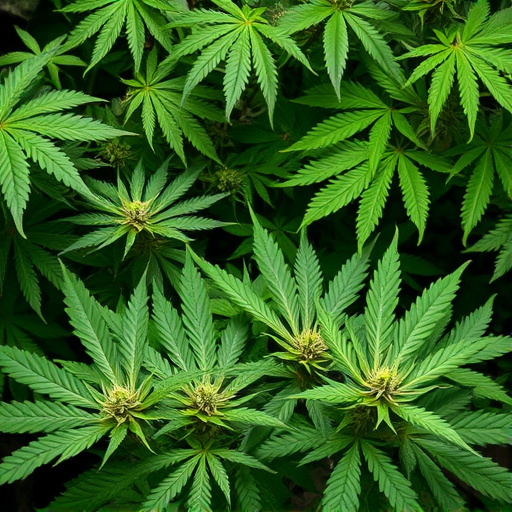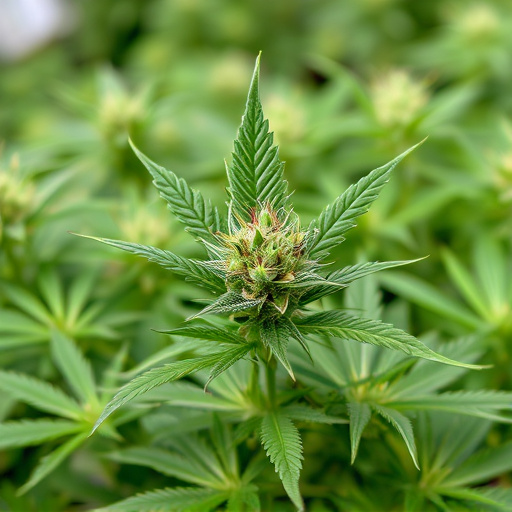The unique aromas and flavors of different strains of cannabis are largely determined by their genetics, specifically the combination of essential oils and terpenes. Environmental factors like light, temperature, humidity, and soil play a significant role in terpene production. Effective extraction methods, using solvents like hexane or ethanol under precise conditions, preserve and enhance these aromas, catering to diverse consumer preferences for tailored scent experiences.
Unraveling the intricate world of cannabis aroma is a captivating journey. This article explores the multifaceted determinants behind the diverse scents we associate with different strains. From genetic makeup and terpene profiles, which lay the scent foundation, to environmental factors influencing their development during growth—each plays a crucial role. We delve into extraction methods used to preserve and enhance these aromas for various cannabis products, offering insights that cater to both enthusiasts and industry professionals.
- Genetic Makeup and Terpene Profiles: The Foundation of Cannabis Scent
- Environmental Factors: How terps and aromas develop during growth
- Extraction Methods: Preserving and enhancing the desired scents for products
Genetic Makeup and Terpene Profiles: The Foundation of Cannabis Scent
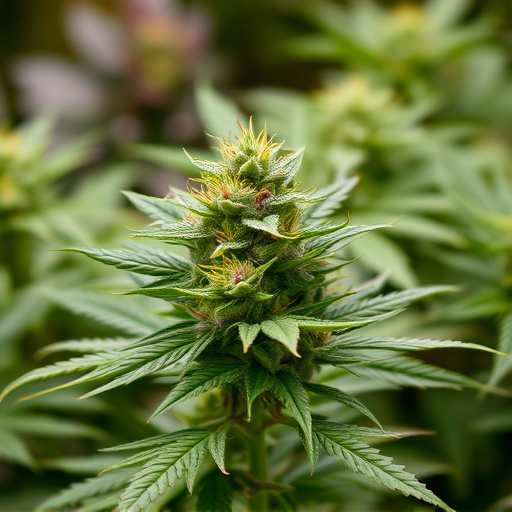
The genetic makeup of cannabis plants plays a pivotal role in shaping their unique aromas. Each strain, or variety, of cannabis has its own distinct combination of genes that influence the development of essential oils and terpenes—the primary contributors to the plant’s scent. These compounds are responsible for the diverse range of smells we associate with different strains, from fruity and floral to spicy and earthy notes.
Terpenes, in particular, are aromatic molecules produced by cannabis plants, and they often have therapeutic properties as well. Different terpenes create distinct olfactory experiences, further contributing to the complexity of a strain’s aroma. The interaction between these genetic factors results in the vast array of scents we enjoy exploring when sampling various strains of cannabis.
Environmental Factors: How terps and aromas develop during growth
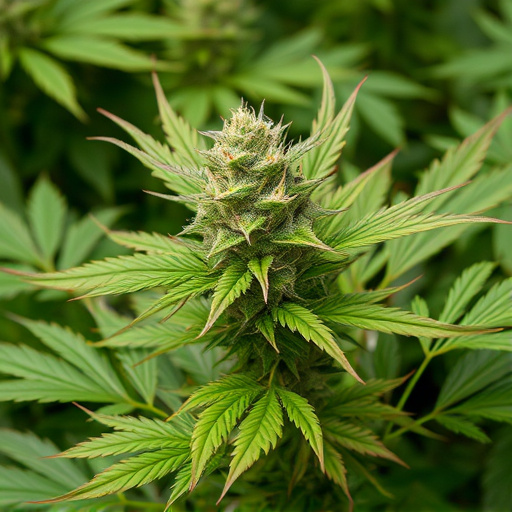
The development of cannabis aroma, particularly the diverse range of terpenes (terps) present in different strains, is greatly influenced by environmental factors during the plant’s growth. Terpenes are volatile organic compounds that contribute significantly to the unique scents and flavors associated with various strains of cannabis. These compounds are produced as secondary metabolites in response to environmental stimuli, playing a crucial role in attracting pollinators and deterring pests.
Key environmental factors include light intensity, temperature, humidity, and soil composition. Different growth conditions can lead to variations in terpene profiles, resulting in distinct aromas. For instance, outdoor cultivation under full sun exposure often produces plants with more robust terpene concentrations due to increased UV radiation. Conversely, controlled indoor environments allow for precise adjustments to lighting, temperature, and humidity, enabling cultivators to optimize specific terpene production, creating tailored aromas for different cannabis strains.
Extraction Methods: Preserving and enhancing the desired scents for products

The extraction methods used play a pivotal role in preserving and enhancing the unique scents associated with different strains of cannabis. These processes are crucial for crafting high-quality products that cater to diverse consumer preferences. Solvent extraction, for instance, employs solvents like hexane or ethanol to separate cannabinoids and terpenes from the plant material. The choice of solvent can significantly impact the final aroma profile, as certain compounds interact differently with various chemicals.
Beyond solvent selection, temperature and pressure controls during extraction are critical. Careful manipulation ensures that desirable aromatic compounds are extracted while maintaining their integrity. This precision allows for the production of concentrated cannabis extracts that capture the distinct scents of various strains, providing consumers with a wide range of olfactory experiences to choose from.
The unique aroma of cannabis is a complex interplay between its genetic makeup, environmental influences, and extraction techniques. Understanding these factors is key to unlocking the diverse range of terpenes and scents found across different strains of cannabis. By exploring these aspects, we can better appreciate the intricate relationship between plant biology, agriculture, and the development of desirable aromas for various cannabis products.

